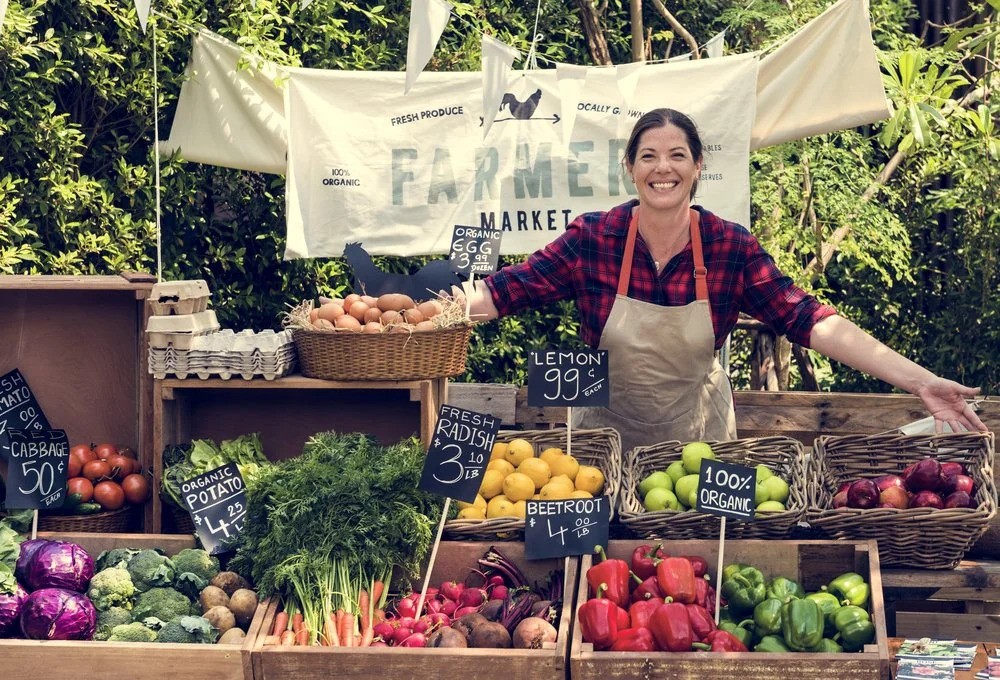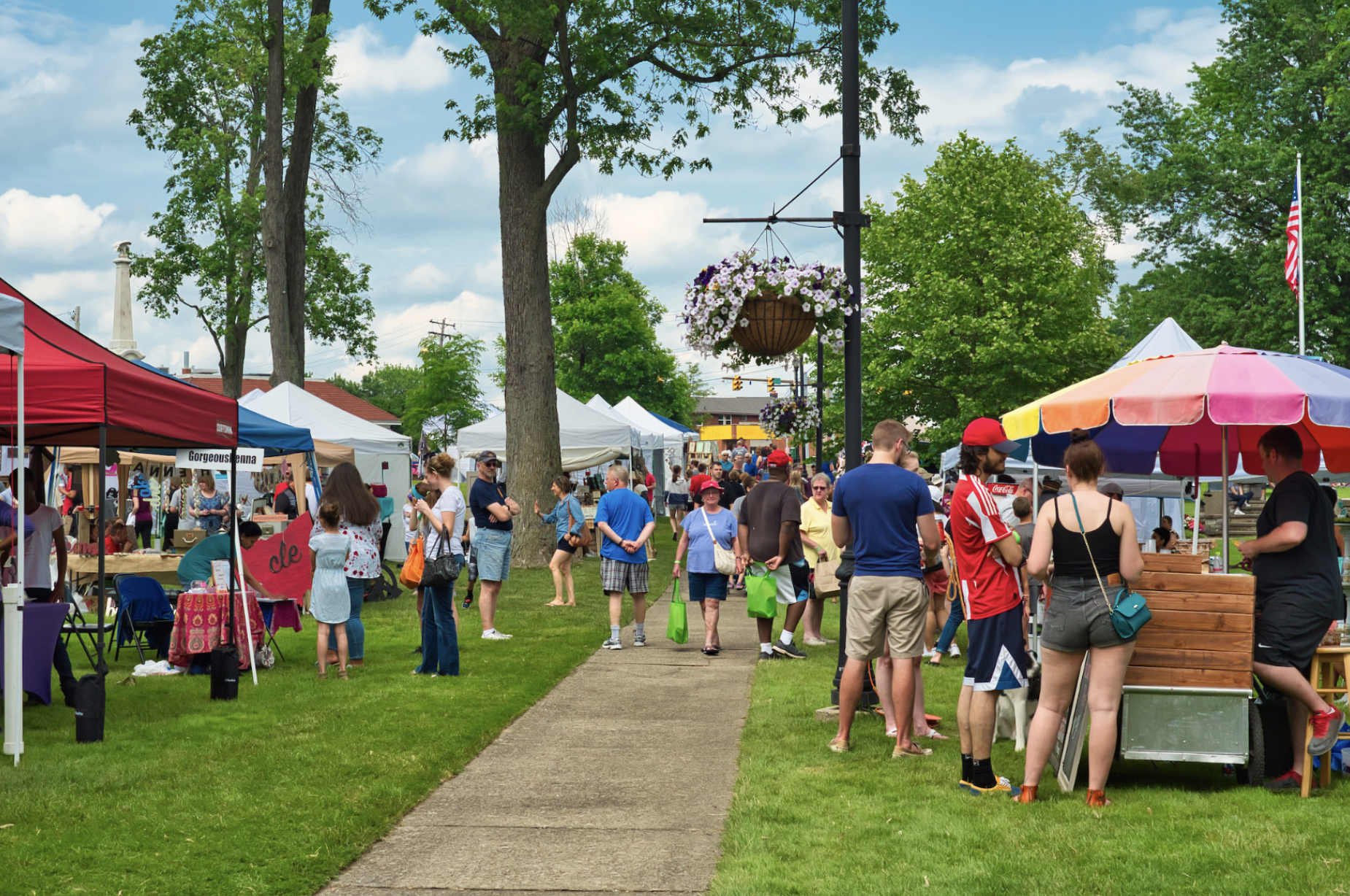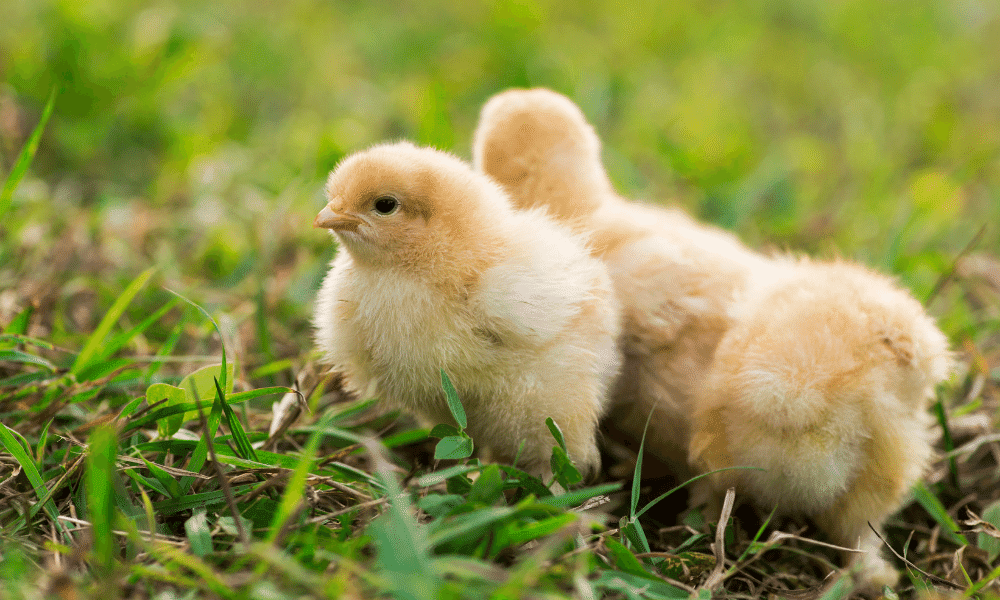Understanding Poultry Molting: A Guide for Chicken Keepers
As a poultry enthusiast, understanding the natural processes that affect our feathered friends is essential for their well-being and productivity. One such process is molting, a fascinating and sometimes confusing phenomenon that chickens go through. In this blog, we'll delve into the world of poultry molting, exploring what it is, when it happens, how it affects poultry, and what steps we can take to support our birds during this challenging period.
What is Molting?
Molting is a natural shedding and renewal of feathers that occurs in chickens and other birds. It is a cyclic process essential for their health, as feathers play a crucial role in maintaining body temperature, protecting the skin, and facilitating flight. Molting allows chickens to replace old, damaged feathers with new ones, ensuring they remain in top physical condition.
What Does Molting Look Like?
During molt, chickens may appear scruffy, dirty and disheveled as they lose feathers. The process can be partial or complete, meaning some chickens may shed all their feathers, while others only lose a few. Feathers may drop in clumps, leaving bald patches on their bodies. Molting can be a stressful and uncomfortable time for chickens, impacting their overall health and behavior.
When do Chickens Molt?
Typically, chickens begin molting in late summer or early fall, once their egg-laying productivity declines due to decreased daylight hours. This coincides with the annual changing of seasons and is influenced by the bird's age, breed, and environmental factors. The molting process can last anywhere from a few weeks to several months, depending on the individual chicken.
How Does Molting Affect Poultry?
Molting demands a significant amount of energy and resources from the bird's body. As a result, chickens may become lethargic, stop laying eggs altogether, and experience a reduced appetite. They may also isolate themselves from the flock as they focus on feather regrowth. Furthermore, molting can leave chickens vulnerable to temperature fluctuations and predator attacks due to their temporarily compromised appearance.
How Does Molting Affect Poultry Laying?
As molting takes a toll on their bodies, egg production takes a backseat during this time. Chickens divert their energy towards feather regeneration, leading to a decrease or cessation of egg-laying. This is entirely normal and should not be a cause for concern.
Marketplace
You might also be interested in...

Shop for chickens, livestock or other farm goods

About Farm Expo Events

Sell Your Chicks and Eggs
How Can We Help with Molting?
As caring chicken keepers, there are several steps we can take to support our birds during molt:
Provide a Balanced Diet: During molt, chickens require extra nutrients to support feather regrowth. Adding supplements to their diet with protein-rich foods like mealworms,black soldier fly larvae, dried shrimp, sunflower seeds, and lentils. Offering Omega-3 fatty acid sources such as flaxseeds can also improve feather quality.
Include Kelp Meal: Adding kelp meal to their feed provides essential minerals and trace elements that promote healthy feather development. If you’re in need of a great supplement we recommend one of our awesome marketplace listings - Molt Magic! This is a combination of animal and plant proteins that will assist your poultry in growing a new, beautiful set of feathers in record time. It gives them all the nutrition to grow feathers and to supplement their whole system while they do it!
Ensure Adequate Shelter: Molting chickens are more sensitive to weather conditions, so provide a clean and dry shelter with proper ventilation to protect them from extreme temperatures and dampness.
Reduce Stress: Avoid introducing new flock members or making significant changes during molt, as this can increase stress levels. A calm and stable environment is crucial for their well-being.
Offer Dust Baths: Dust baths help chickens maintain good hygiene and control pests during molt. Ensure they have access to a dry area with loose soil or sand.
Understanding molting is essential for poultry keepers to ensure the well-being of their chickens. As we witness this natural shedding process, let's provide our feathered companions with the extra care, nutrition, and attention they need during this transformative period. By supporting our chickens during molt, we ensure they emerge with vibrant plumage and regain their usual productive selves once again.
The fun doesn’t have to end here.
Become a free Roobeez member for unlimited access to these features + more!
The Learning Library 📚
Get your hands on informational guides and expert advice on topics like livestock, homesteading, farming, small business, and more.
The Online Marketplace 🛒
Shop directly from your local small farms and artisans. As a seller, enjoy free advertisement and a dedicated storefront.
Exclusive Events 🎟️
Find local farm & homestead-related events. Experience the joy of local community connection!
You might also be interested in…














Discover farmers markets near you with Roobeez! Explore local events, find seasonal and weekly markets, and shop fresh produce and handmade goods on our marketplace. Contribute to our growing directory by adding your favorite markets and community events. Supporting local has never been easier!